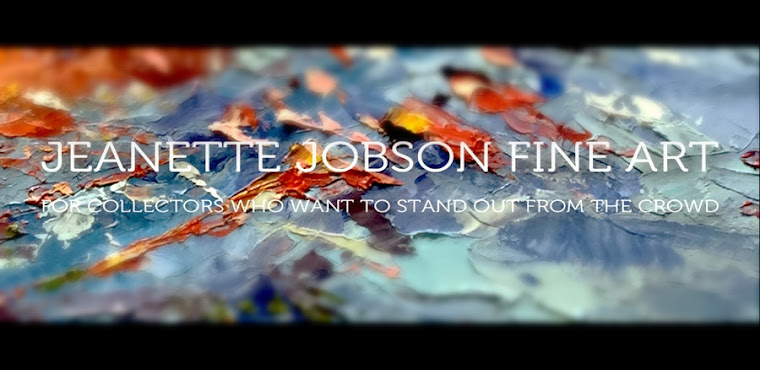Untitled
12" x 24" oil
There is a challenge to painting a fish in water and painting a fish that actually looks as if its underwater.
Fish can look as if they are sitting on the surface of water instead of being submerged under the surface. This is due to observational skills of the light and value of colours and understanding how water changes form and colour as it deepens.
This painting of a koi is at about the mid stage. I have the form and value of the fish in place and am adding glazing layers of oils to create depth to the piece and ensure the fish has the illusion of being under the water's surface.
One way I'll do this is to build the shading of the fish with my glaze for the water. This builds depth without adding strong colour. The other way I add depth is to have some small particles of pollen or fish food on the water surface. I've added some of this already as a spatter technique and will continue to glaze over and add more spatters in different colours, Glazing them makes them appear as if they are suspended in the water's depth with the final touch of brightness at the surface as a final step. Edges are kept soft and some lost to indicate movement, such as in the tail of the fish.
My glaze is a mix of linseed oil and turps with transparent paint. I can add it with a brush and rub out with a soft cloth as required to obtain the effect I need. Surfaces must be dry between glazes or risk ruining a piece very quickly. The build up of colour adds a richness to a painting that solid painting can never achieve and works especially well in aquatic paintings.



